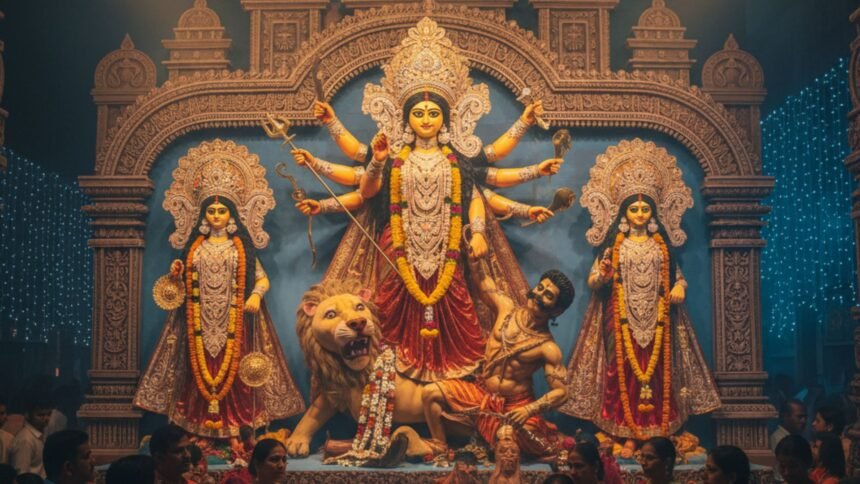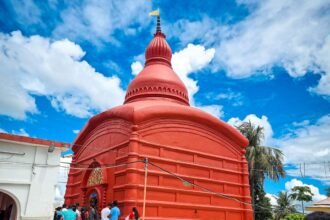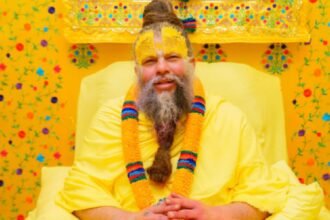New Delhi: From September 22, the auspicious festival of Shardiya Navratri has begun. This nine-day celebration is dedicated to the worship of the nine manifestations of Goddess Durga. Across India, temples, pandals, and homes are resonating with devotional chants in honor of the Mother Goddess.
This year, Navratri commenced on a Monday. According to the Hindu almanac (panchang), when Navratri begins on a Monday or Sunday, Goddess Durga is believed to arrive riding an elephant. Scriptures consider this particularly auspicious, symbolizing prosperity, abundance, and growth throughout the year.
Worship Across Nine Days and the Navdurga Forms
- September 22 (Monday) – Shailputri: Daughter of the Himalayas, symbol of strength and stability.
- September 23 (Tuesday) – Brahmacharini: Goddess of penance and discipline, blessing devotees with wisdom and renunciation.
- September 24 (Wednesday) – Chandraghanta: Embodiment of beauty, peace, and bravery, who protects devotees from all distress.
- September 25 (Thursday) – Kushmanda: Creator of the universe, source of energy and positivity.
- September 26 (Friday) – Skandamata: Mother of Kartikeya, symbol of motherhood and compassion.
- September 27 (Saturday) – Katyayani: Fierce goddess of courage and justice, destroyer of evil forces.
- September 28 (Sunday) – Kalaratri: Fierce form who removes fear and destroys negativity.
- September 29 (Monday) – Mahagauri: Radiant goddess of purity and serenity, removing darkness from life.
- September 30 (Tuesday) – Siddhidatri: Bestower of all supernatural powers and spiritual as well as worldly success.
Durga Puja and Cultural Significance
In eastern India, especially Bengal, Assam, and Odisha, Navratri is celebrated as Durga Puja with great grandeur. Kolkata’s artistic pandals and iconic Durga idols are renowned worldwide. In northern India, the festivities include Ramleela performances and Dussehra celebrations, while Gujarat and Maharashtra are known for their vibrant Garba and Dandiya traditions.
Each day of Navratri symbolizes a blend of faith and culture. Devotees believe that during these nine days, Goddess Durga descends to earth, removes suffering, and blesses her devotees with strength, prosperity, and protection.
The Vehicle of the Goddess: Elephant
This year, Goddess Durga’s arrival on an elephant is considered highly auspicious. Astrological traditions interpret it as a sign of nature’s grace, good rainfall, agricultural abundance, and social harmony. The elephant also symbolizes royal dignity, strength, and majesty, reinforcing devotees’ faith in the blessings of the Goddess.



















